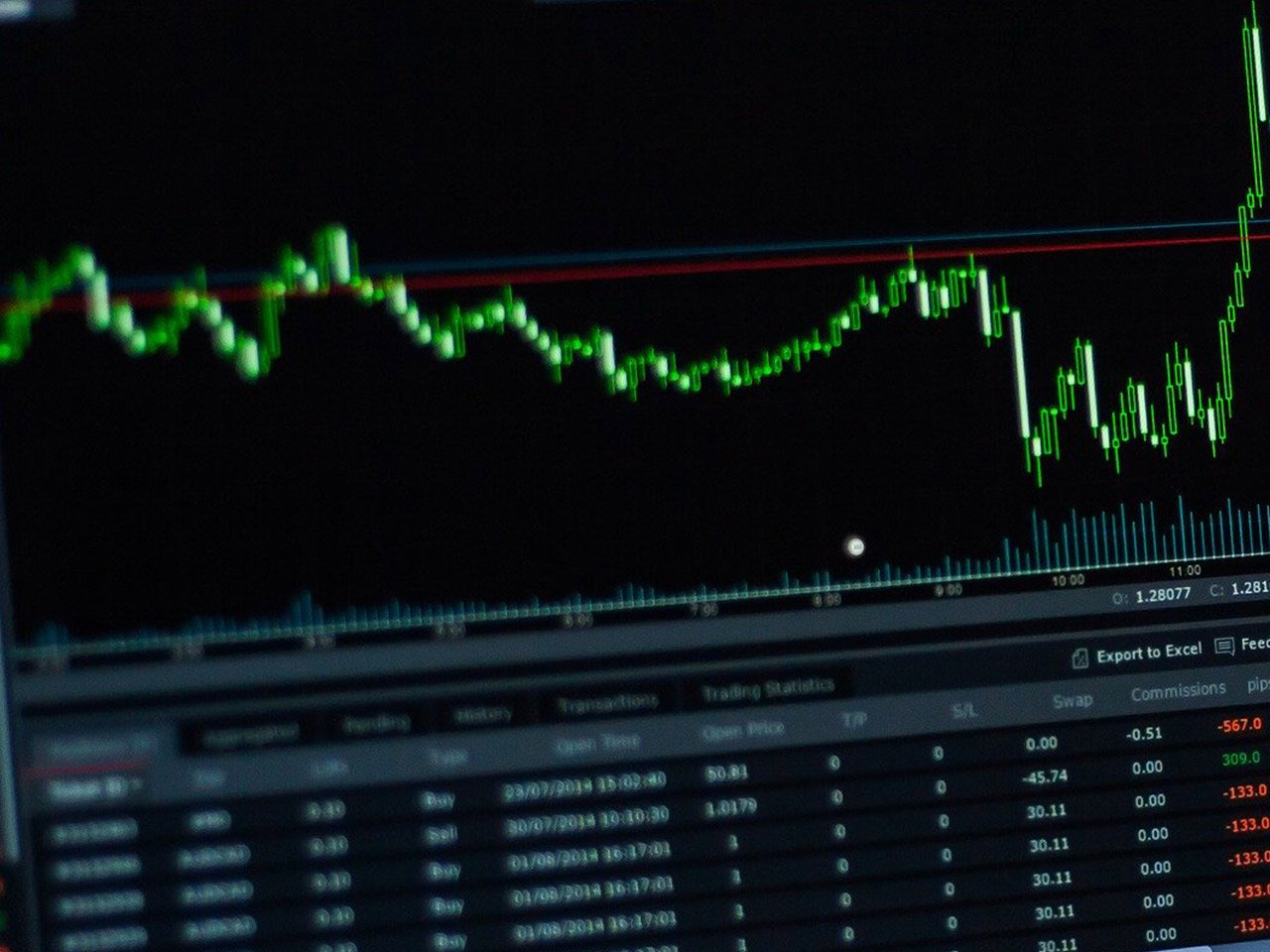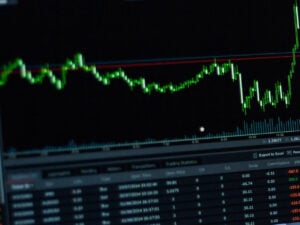Marks and Spencer Group PLC (MKS.L), a stalwart in the consumer cyclical sector, stands out in the department stores industry with a market capitalization of $8.11 billion. This British retail giant, founded in 1884 and based in London, has carved a niche for itself through its diverse offerings across fashion, home, beauty, and food segments. With an extensive presence in the UK and international markets, Marks and Spencer also extends its reach through online platforms and franchises.
Currently priced at 402 GBp, Marks and Spencer’s shares have meandered within a 52-week range of 319.30 GBp to 411.30 GBp. Despite a modest price change of 0.01%, the stock’s technical indicators reveal intriguing dynamics. The 50-day and 200-day moving averages stand at 359.01 GBp and 356.53 GBp, respectively, suggesting a robust upward trajectory in recent months. However, the Relative Strength Index (RSI) of 43.66 indicates a neutral momentum, providing room for potential upward movement.
Analysts present a bullish consensus on Marks and Spencer, with 12 buy ratings and 3 hold ratings, and notably, no sell ratings. This optimistic outlook is further reinforced by the stock’s target price range of 342.00 GBp to 462.00 GBp, with an average target of 421.00 GBp. This suggests a potential upside of 4.73%, which, while modest, underscores a level of confidence in the company’s strategic direction and operational execution.
Delving into the company’s financial performance, Marks and Spencer has demonstrated a commendable revenue growth of 6.20%. Despite the absence of specific net income figures, the company boasts a positive EPS of 0.14 and a return on equity of 10.10%, highlighting its ability to generate profits efficiently. Furthermore, with a free cash flow of £407 million, the company maintains a solid foundation for reinvestment and shareholder returns.
For income-focused investors, Marks and Spencer offers a dividend yield of 0.90% with a payout ratio of 21.43%. This conservative payout strategy reflects the company’s commitment to balancing growth initiatives with shareholder returns.
While Marks and Spencer’s valuation metrics like the forward P/E ratio of 1,190.72 might raise eyebrows, it’s important to contextualize this within the broader industry dynamics and the company’s strategic initiatives. Marks and Spencer is investing heavily in its digital transformation and international expansion, which could justify the premium valuation as these efforts begin to bear fruit.
For investors considering a stake in Marks and Spencer, the stock’s technical and fundamental indicators, coupled with a favorable analyst consensus, suggest a promising outlook, albeit with measured expectations. As the company continues to innovate and adapt in a competitive retail landscape, it remains a compelling consideration for those seeking exposure to a legacy brand with a modern twist.










































